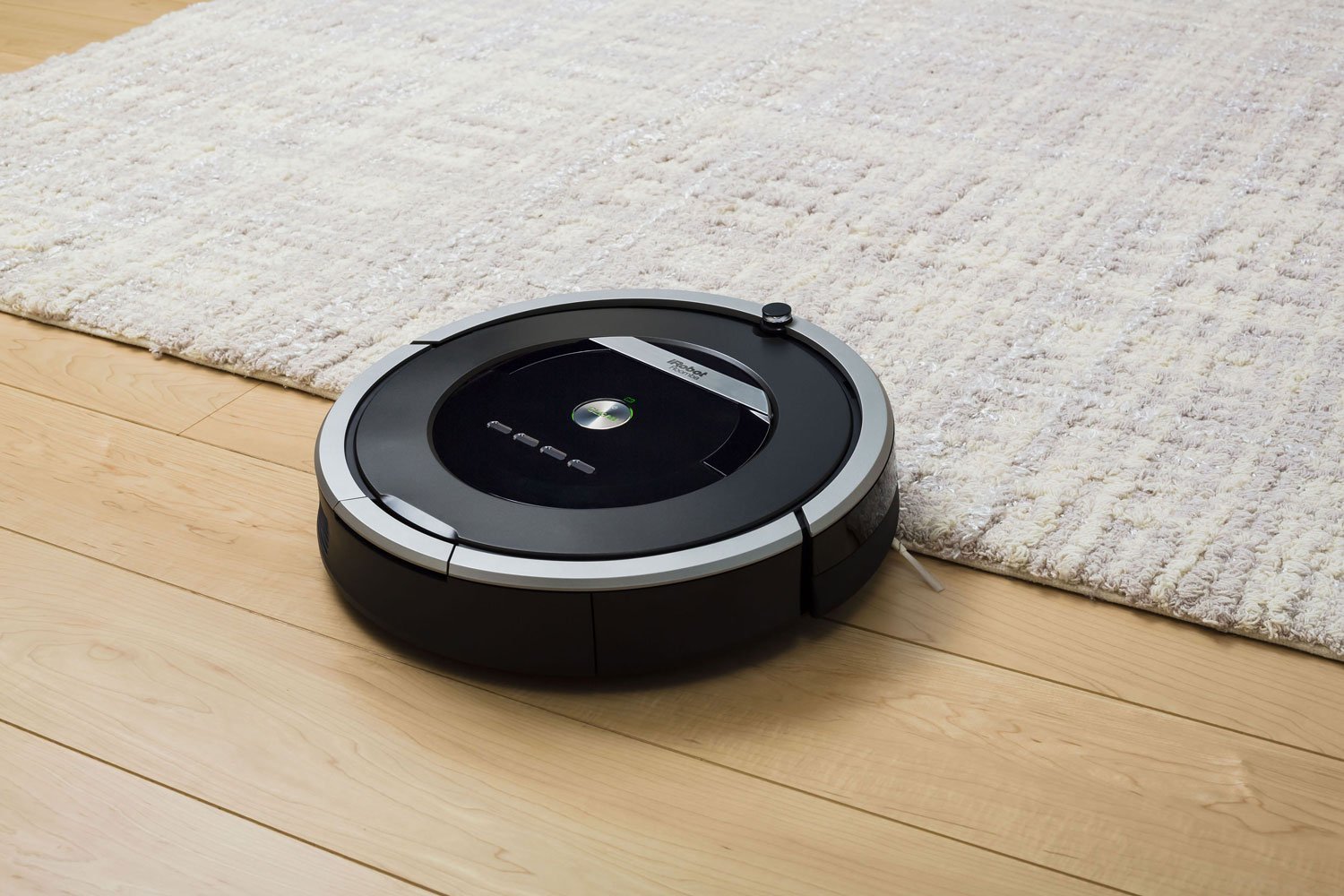
With the rapid development of science and technology, sweeping robots have gradually become the right-hand assistants for modern family cleaning. The technological innovations behind it span multiple fields, including chip design, sensor technology, navigation algorithms, and artificial intelligence. The progress of each link has promoted the performance improvement and application popularization of sweeping robots, which has brought revolutionary changes to family life.
一、 The chip technology breakthrough
One of the core components of the robot is its internal chip. The early sweeping robots mostly used simple control chips with relatively single functions, mainly to achieve basic movement and obstacle avoidance. However, with the improvement of computing power, modern sweeping robots generally use more advanced multi-core processors. These processors are not only capable of handling complex algorithms, but are also capable of real-time data analysis to provide immediate decision support to the robot.
For example, using a high-performance ARM architecture processor, the robot can run multiple tasks at the same time, such as navigation, obstacle detection and path planning. This parallel processing capability greatly improves the working efficiency of the robot. At the same time, the continuous progress of integrated circuit technology has made these processors significantly improved in power consumption and volume, extending the endurance of the sweeping robot.
二、The diversity of sensors
In the robot vacuum cleaner, sensors are the key to its "perception" ability. Modern robot cleaners are usually equipped with a variety of sensors, including infrared sensors, ultrasonic sensors, laser radar (LiDAR) and so on. These sensors each play different roles, and together build the environment perception system of the AD8052ARMZ robot.
Infrared sensors are generally used to detect the distance between robots and obstacles to help robots achieve basic obstacle avoidance. Ultrasonic sensors use sound waves to measure distance and are suitable for complex indoor environments. In recent years, Lidar technology has gradually become the standard of high-end vacuum sweeping robots. Lidar can quickly and accurately draw a three-dimensional map of the robot's surroundings, providing more accurate positioning information. By combining this data with the robot's navigation algorithm, the sweeping robot can achieve efficient and orderly sweeping path planning.
In addition, the introduction of vision sensors has also brought new possibilities for sweeping robots. Using cameras to capture visual information from inside the room, combined with computer vision algorithms, the robot is able to identify different types of ground materials, objects and their placement. This technology shows great potential in precise cleaning, intelligent obstacle avoidance and user interaction.
三、Navigation and path planning algorithms
Navigation is an important field in the technological innovation of sweeping robot. The traditional random navigation method has low efficiency and is easy to miss the cleaning area. The navigation systems of modern vacuum cleaners are usually based on path planning algorithms, which enable the robot to calculate the optimal cleaning path.
At present, the navigation algorithms commonly used in the market include graph-based algorithm, A* algorithm and Dijkstra algorithm. By evaluating the cost of the path, these algorithms can effectively plan the shortest driving route and avoid repeated sweeping. At the same time, the development of SLAM (Simultaneous Localization and Mapping) technology enables the sweeping robot to simultaneously locate and map in an unexplored environment.
The development of SLAM technology not only improves the cleaning efficiency of the sweeping robot, but also improves its adaptability to complex environments. In dynamic environments, such as the presence of pets or children in the home, SLAM algorithms can quickly update the map and adjust the cleaning strategy in time. This makes the robot more intelligent and efficient in a real home environment.
四、 Application of artificial intelligence
The addition of artificial intelligence (AI) technology has injected new vitality into the sweeping robot. Through machine learning algorithms, the robot can accumulate experience from each cleaning process and improve its own cleaning effect. Through the deep learning model, the robot can identify and classify different types of dirt and obstacles, to choose the most appropriate cleaning method.
For example, some advanced sweeping robots can identify fine dust or pet hair on the floor through image recognition technology, and select different cleaning modes. In addition, AI can also be connected to other smart home appliances through cloud computing to achieve more intelligent home scene control. For example, when the user starts the sweeping robot through the mobile app, the robot can automatically schedule and execute according to the set room cleaning sequence and time.
五、User interaction and intelligent control
Modern sweeping robots not only emphasize the cleaning effect, but also pay more attention to user experience. By connecting to Wi-Fi, users can remotely control the robot through a mobile app to realize functions such as timing cleaning, area cleaning and cleaning mode selection. This convenient intelligent control mode greatly improves user satisfaction.
The introduction of voice assistants also provides a more intuitive way for sweeping robots to interact. Users can start, pause or stop the robot with one click through voice commands, greatly facilitating operation. In addition, many sweeping robots also have the ability to self-repair and fault detection, and can notify users in time when problems occur through mobile phone applications to provide repair suggestions.
With the continuous progress of technology, sweeping robots will develop in a more intelligent and automated direction. In the technological innovation based on chips and sensors, future sweeping robots will be able to better adapt to the individual needs of users and become an indispensable part of smart homes.
The Products You May Be Interested In
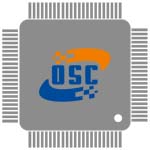 |
3983 | MINI SOFT TOUCH PUSH-BUTTON SWIT | 164 More on Order |
 |
3930 | SENSOR OPT REFLECTIVE RADIAL | 487 More on Order |
 |
3827 | 5 ETAPE LIQUID LEVEL SENSOR + EX | 469 More on Order |
 |
464 | 12 ETAPE LIQUID LEVEL SENSOR | 431 More on Order |
 |
381 | WATERPROOF DS18B20 DIGITAL TEMPE | 1191 More on Order |
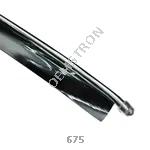 |
675 | PIPING EL WIRE SEWABLE 5M AQUA | 323 More on Order |
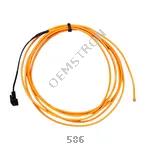 |
586 | WIRE STARTER PK EL ORN 2.5M-8.2' | 410 More on Order |
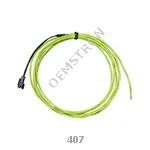 |
407 | ELECTROLUMINESCENT WIRE GRN 2.5M | 364 More on Order |
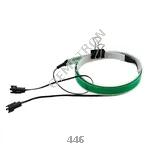 |
446 | ELECTROLUMINESCN STRIP GRN 100CM | 317 More on Order |
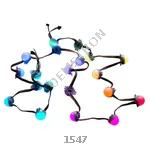 |
1547 | ADDRESS LED STRIP SPI RGB 2080MM | 354 More on Order |
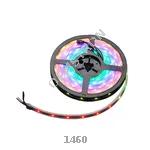 |
1460 | ADDRESS LED STRIP SERIAL RGB 5M | 275 More on Order |
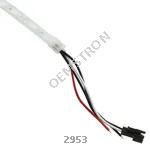 |
2953 | ADDRESS LED STRIP SERIAL RGB 1M | 458 More on Order |
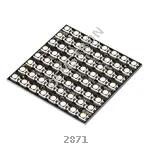 |
2871 | ADDRESS LED MATRIX SERIAL RGBW | 454 More on Order |
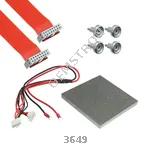 |
3649 | ADDRESS LED MATRIX SERIAL RGB | 244 More on Order |
 |
2242 | ADDRESS LED STRIP SERIAL RGB 1M | 425 More on Order |
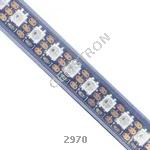 |
2970 | ADDRESS LED STRIP SERIAL RGB 1M | 320 More on Order |
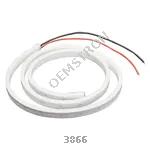 |
3866 | FLEXIBLE SILICONE NEON-LIKE LED | 460 More on Order |
 |
2406 | HDMI 7 800X480 DISPLAY BACKPACK | 373 More on Order |
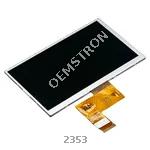 |
2353 | TFT DISPLAY - 800X480 W/O TOUCH | 564 More on Order |
 |
326 | DISPL OLED GRAPHIC MONO 128X64 | 490 More on Order |
 |
4163 | FIBER OPTIC TUBE 4MM DIA 1M | 257 More on Order |
 |
564 | POCKET INVERTER EL WIRE 4-AAA | 399 More on Order |
 |
2973 | LED CHARLIEPLEXED MATRIX - 9X16 | 368 More on Order |
 |
2279 | 64X32 RGB LED MATRIX - 3MM PITCH | 457 More on Order |
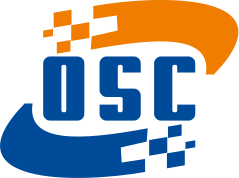
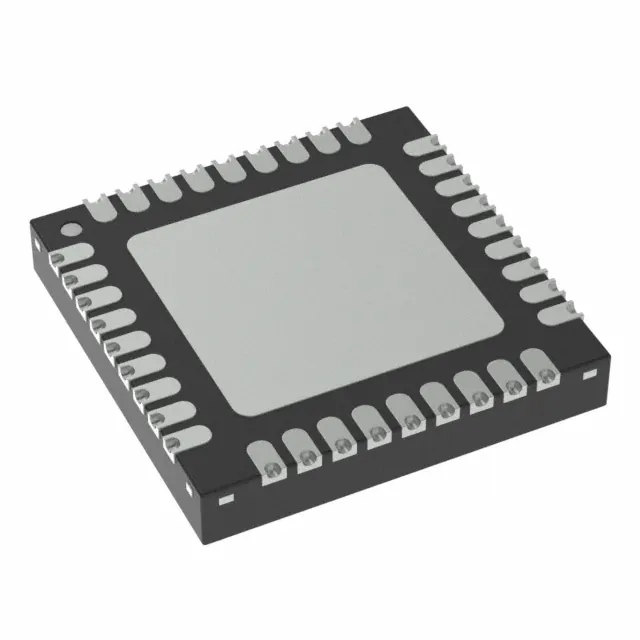 Semiconductors
Semiconductors









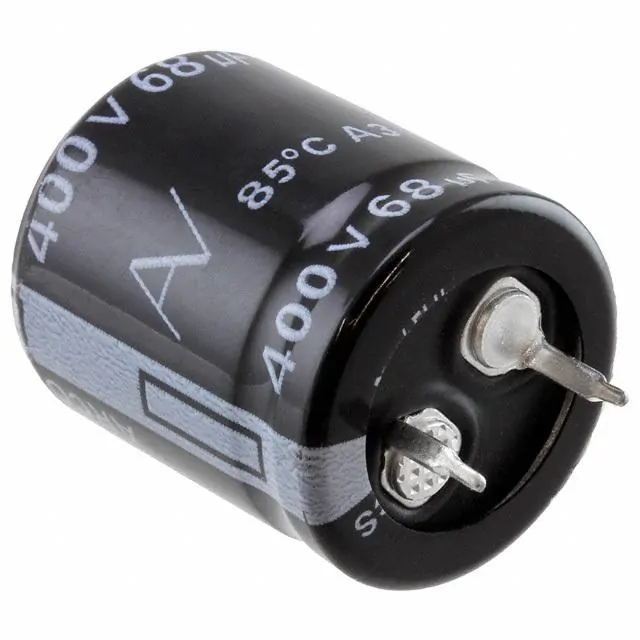 Passive Components
Passive Components









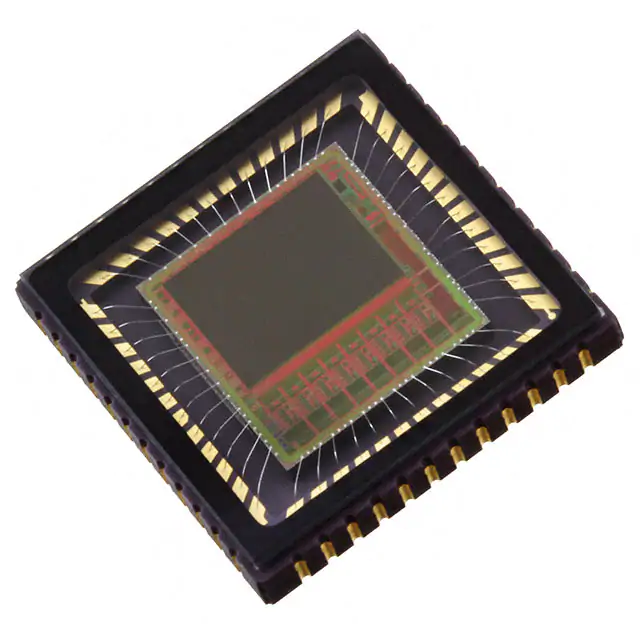 Sensors
Sensors








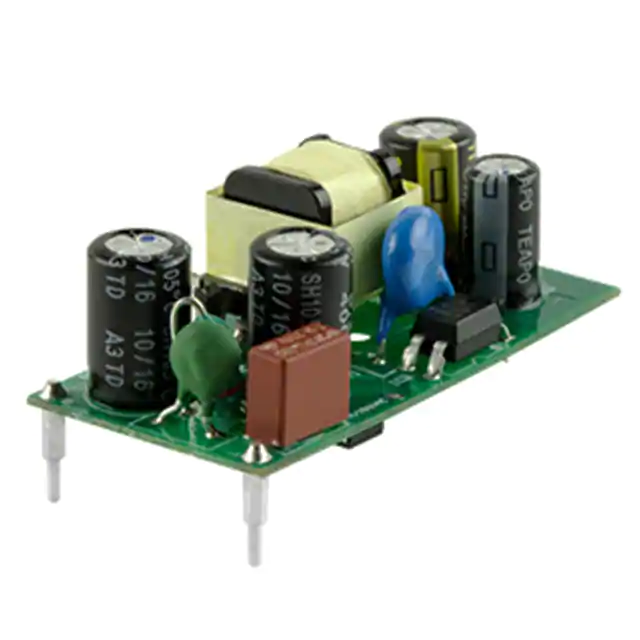 Power
Power









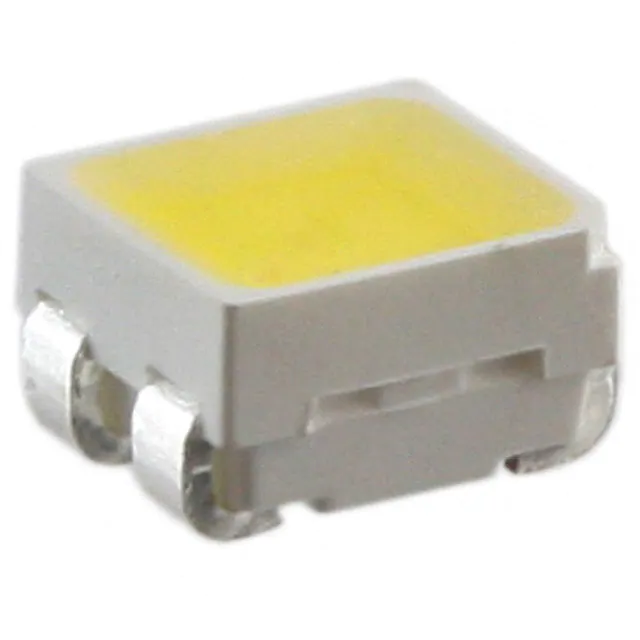 Optoelectronics
Optoelectronics








